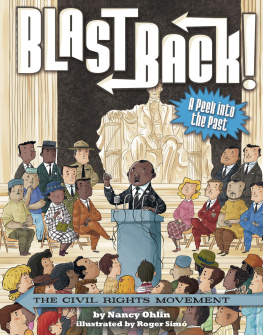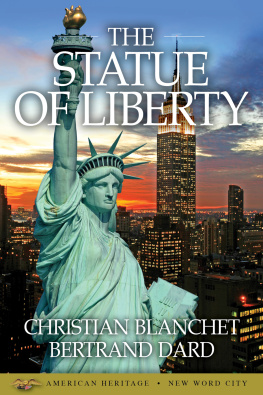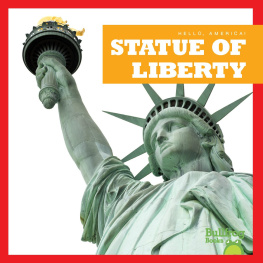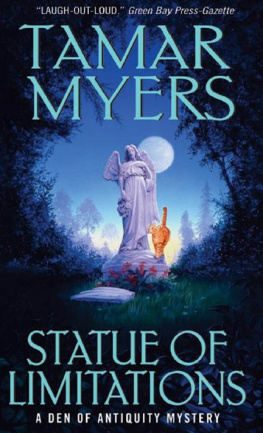

If you purchased this book without a cover, you should be aware that this book is stolen property. It was reported as unsold and destroyed to the publisher, and neither the author nor the publisher has received any payment for this stripped book.

An imprint of Bonnier Publishing USA
251 Park Avenue South, New York, NY 10010
Copyright 2017 by Bonnier Publishing USA
All rights reserved, including the right of reproduction in whole or in part in any form.
LITTLE BEE BOOKS is a trademark of Bonnier Publishing USA, and associated colophon is a trademark of Bonnier Publishing USA.
Manufactured in the United States LB 0917
Library of Congress Cataloging-in-Publication Data
Names: Ohlin, Nancy, author. | Sim, Roger, illustrator.
Title: The Statue of Liberty / by Nancy Ohlin; illustrated by Roger Sim.
Description: New York, NY: Little Bee Books, 2017.
Series: Blast Back! | Includes bibliographical references and index.
Subjects: LCSH: Statue of Liberty (New York, N.Y.)Juvenile literature.
Statue of Liberty National Monument (N.Y. and N.J.)Juvenile literature.
New York (N.Y.)Buildings, structures, etc.Juvenile literature.
BISAC: JUVENILE NONFICTION / History / Symbols, Monuments, National Parks, etc. JUVENILE NONFICTION / Art / Sculpture. | JUVENILE NONFICTION / History / United States / 19th Century.
Classification: LCC F128.64.L6 O35 2017 | DDC 974.7/1dc23
LC record available at https://lccn.loc.gov/2017038878
Identifiers: LCCN 2017038878
ISBN 978-1-4998-0456-0 (pbk)
First Edition 10 9 8 7 6 5 4 3 2 1
ISBN 978-1-4998-0457-7 (hc)
First Edition 10 9 8 7 6 5 4 3 2 1
littlebeebooks.com
bonnierpublishingusa.com

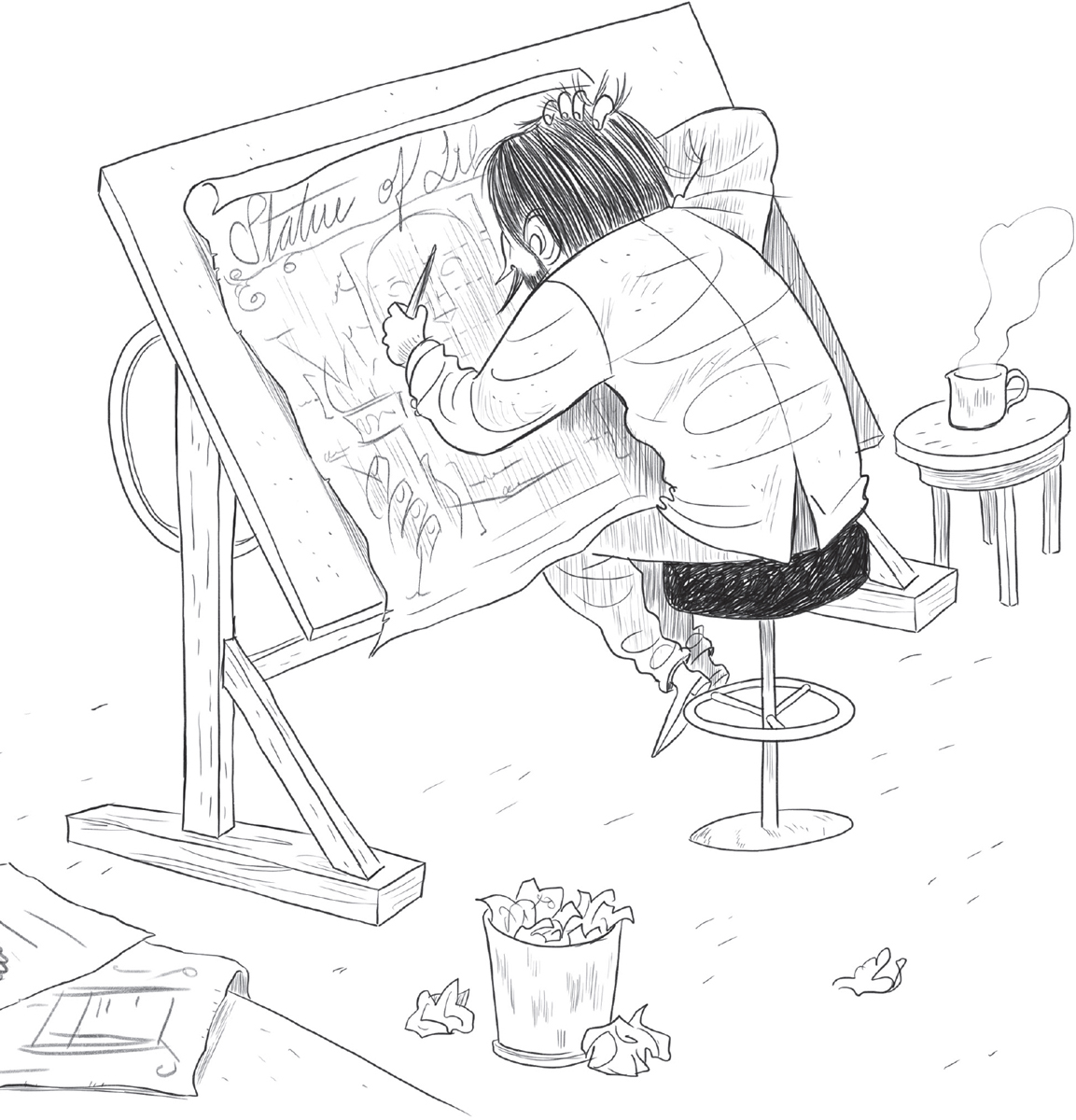
CONTENTS
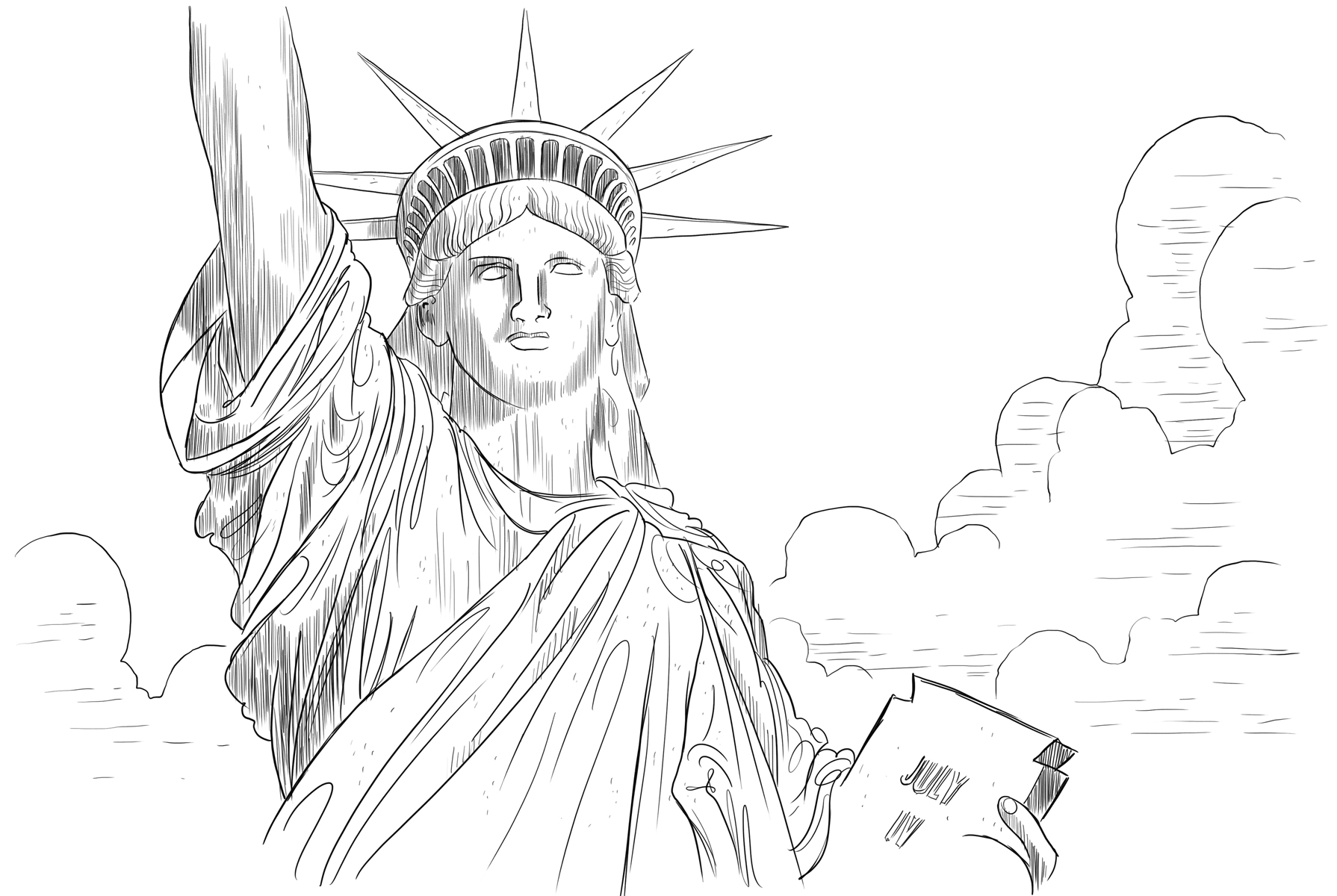
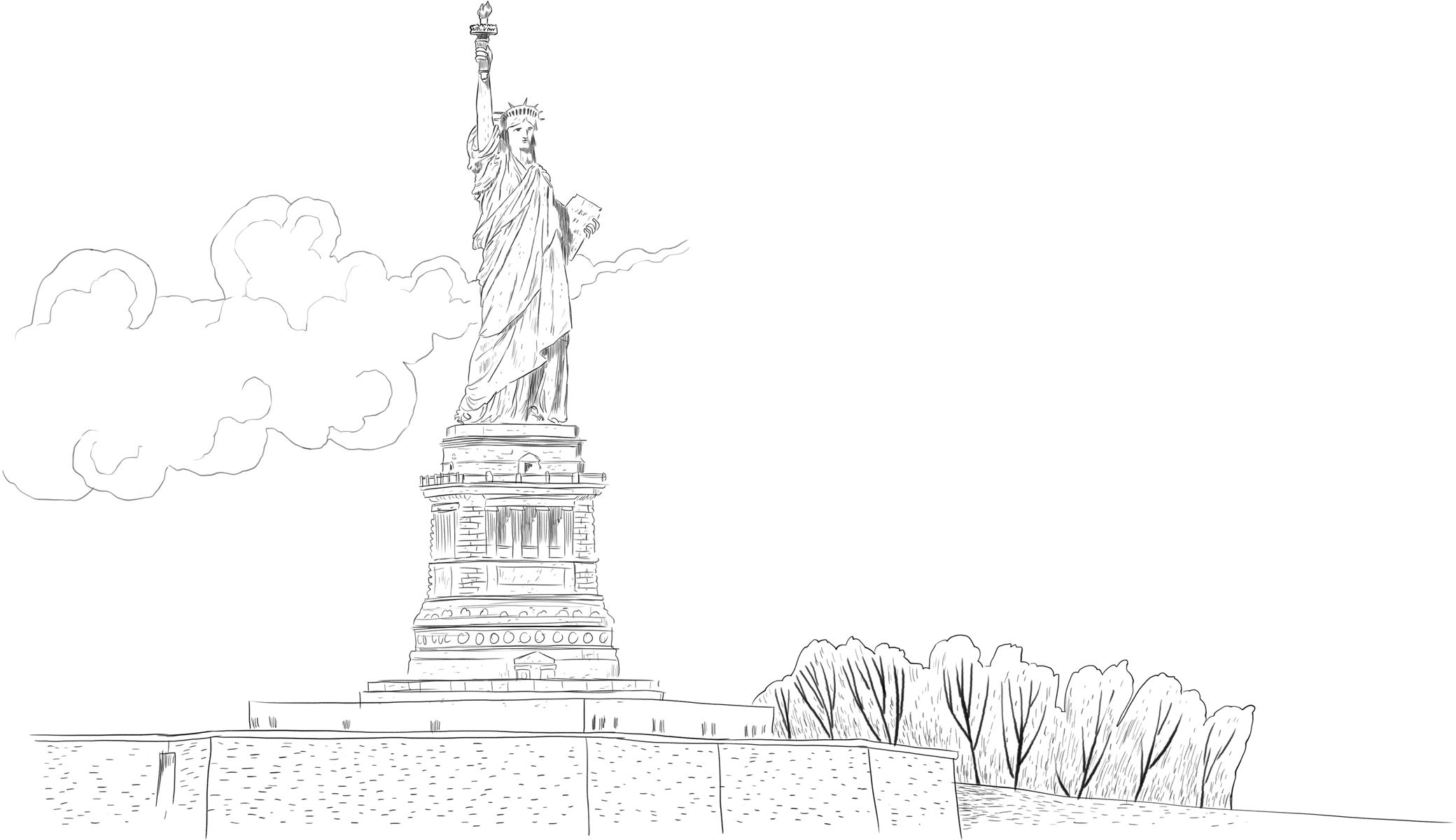
Introduction
Youve probably heard of the Statue of Liberty and seen it in pictures or even in person. But have you ever wondered why it was builtand when, and how? What does the statue have to do with liberty, anyway? Lets blast back in time for a little adventure and find out.

A Brief History of the Statue of Liberty
The Statue of Liberty is a statue of Libertas, the Roman goddess of liberty, wearing a crown. She holds a torch in her right hand. In her left hand is a tablet inscribed with the date July 4, 1776, when the Declaration of Independence was adopted, in Roman numerals.

The statue is located in New York City. It sits on Liberty Island, formerly called Bedloes Island, in Upper New York Bay (aka New York Harbor), just off the southern tip of Manhattan Island (a part of New York City). It is 305 feet tall including its pedestal (and 151 feet without the pedestal) and weighs 450,000 pounds. The torch on its own measures twenty-nine feet from top to bottom.
To date, it is one of the largest statues ever built.
The idea for the Statue of Liberty was conceived by a small group of Frenchmen in 1865. It was meant to honor the friendship between the U.S. and France, the end of slavery in the U.S., and the principals of democracy. (Democracy is a form of government in which all citizens are able to participate, either directly or through elected representatives or both.)
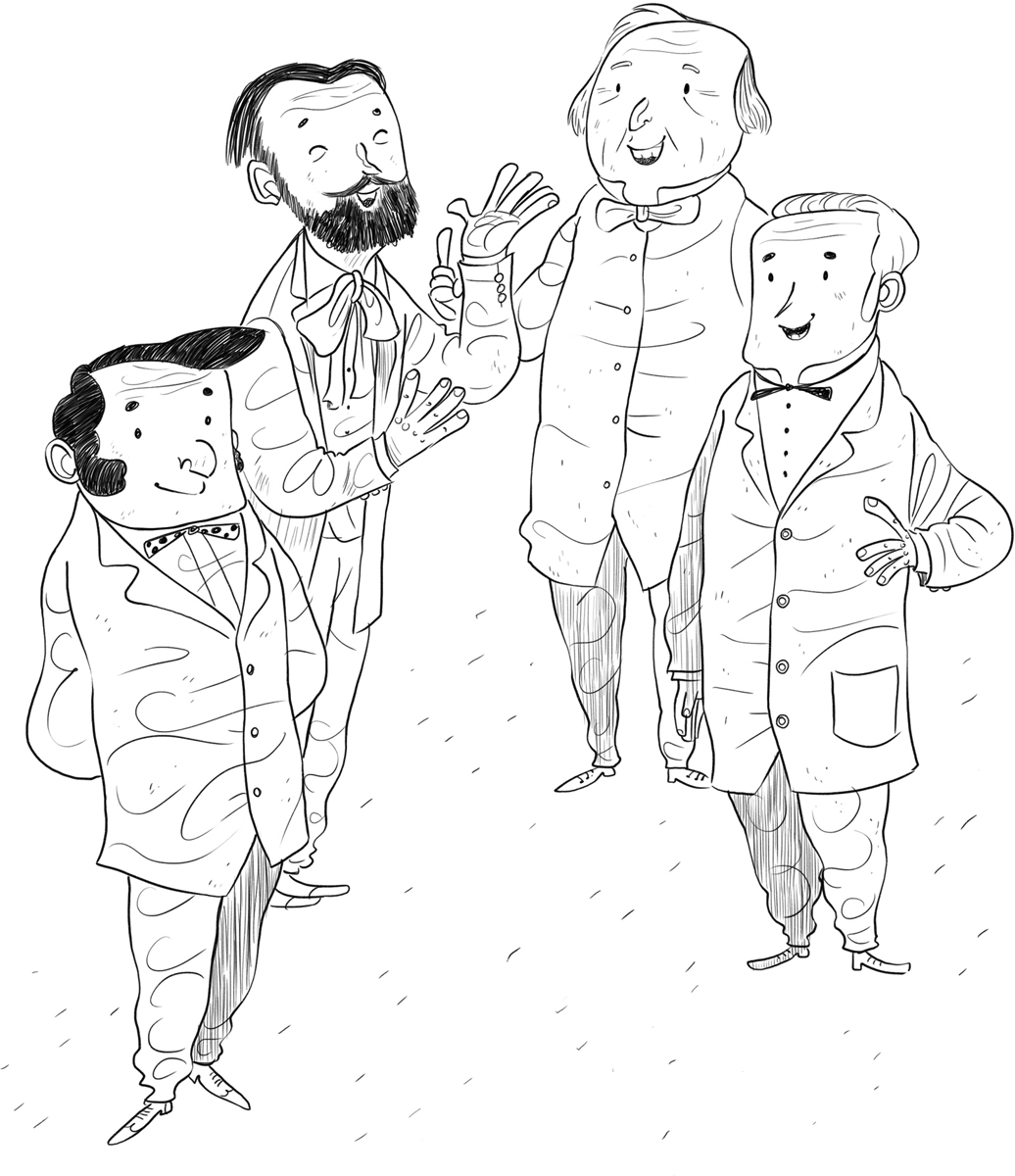
However, its eventual construction became a joint venture and not an outright gift from the French. Americans had to raise a lot of money to help complete the project. The finished statue was unveiled in 1886. Its formal name is Liberty Enlightening the World, which is a translation of the French name, La Libert clairant le monde. It is sometimes referred to as Lady Liberty.
A symbol of freedom and democracy, the Statue of Liberty has welcomed millions of immigrants to the U.S.
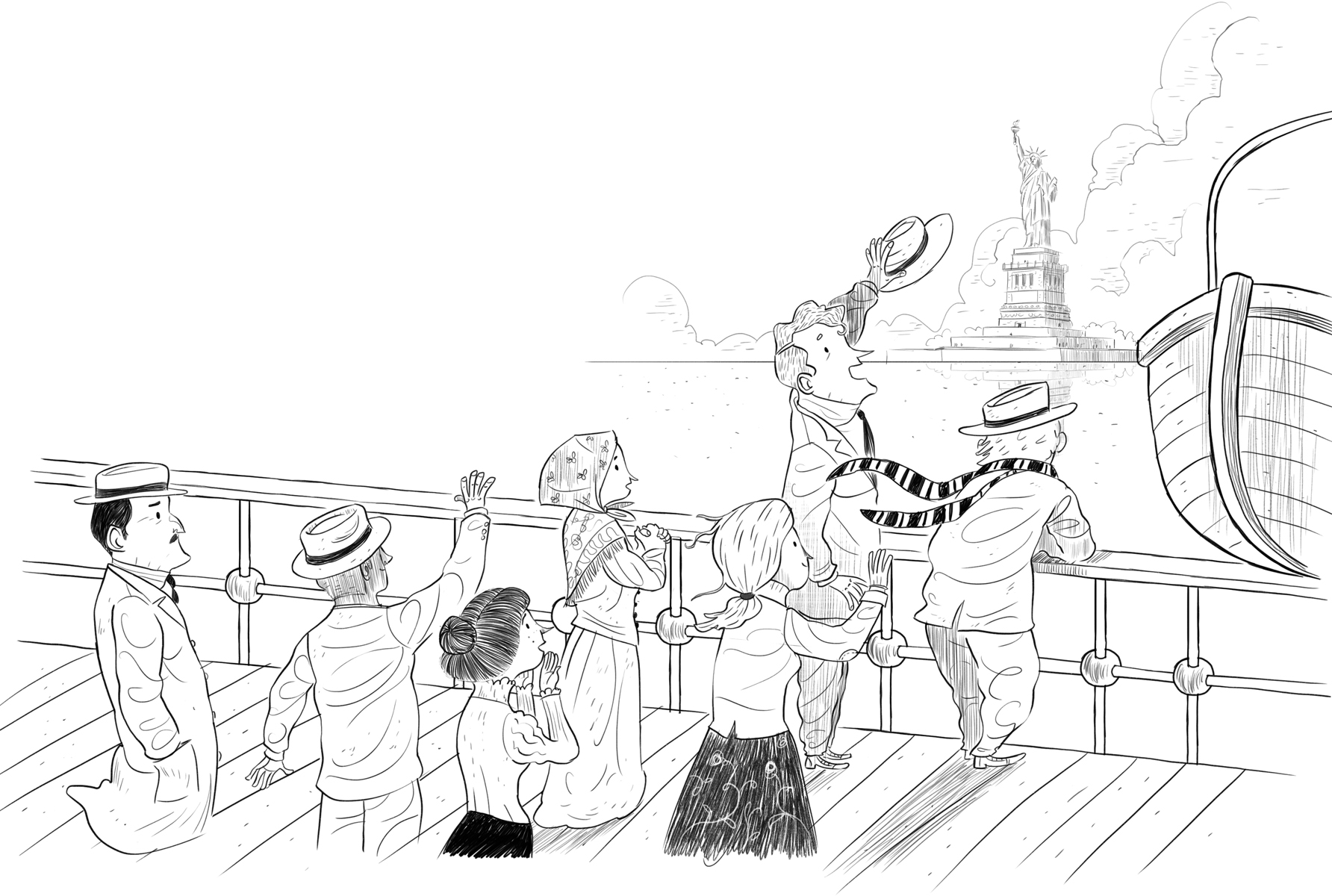
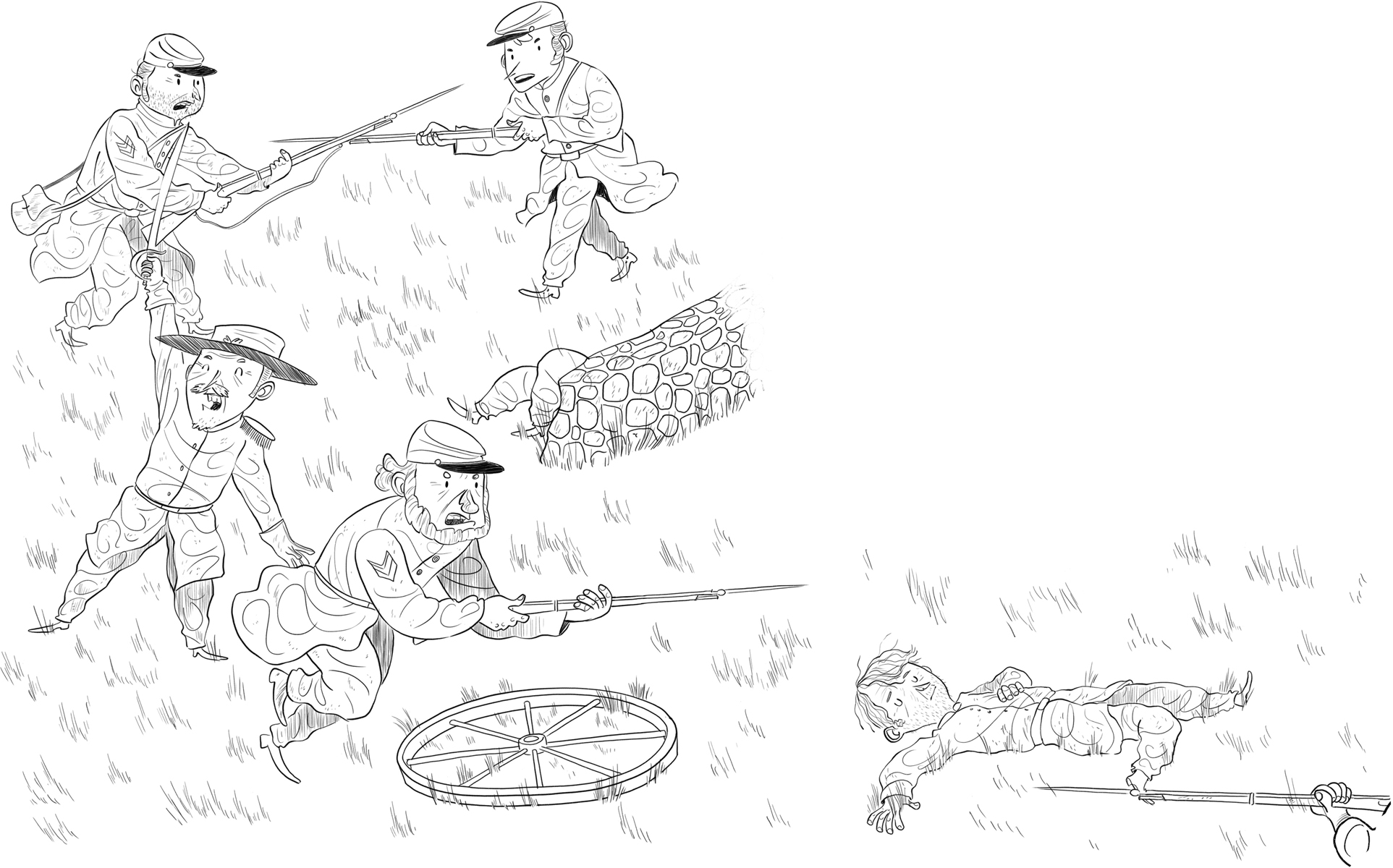
The U.S. in the Mid- to Late 1800s
The mid- to late 1800s was a time of great change for the United States. The American Civil War took place between the Union (which consisted mostly of the northern states) and the Confederacy (which consisted mostly of the southern states), in part over the issue of slavery. The war began in 1861 and ended in 1865. After the war, the law was changed to end slavery and allow freedmen (former slaves) to become U.S. citizens.
The mid- to late 1800s also saw the rise of industrialization, and many factories were built to manufacture goods on a mass scale. Important industries included steel, which was used for (among other things) building railroads, and petroleum, which was used for (among other things) heating and lighting.
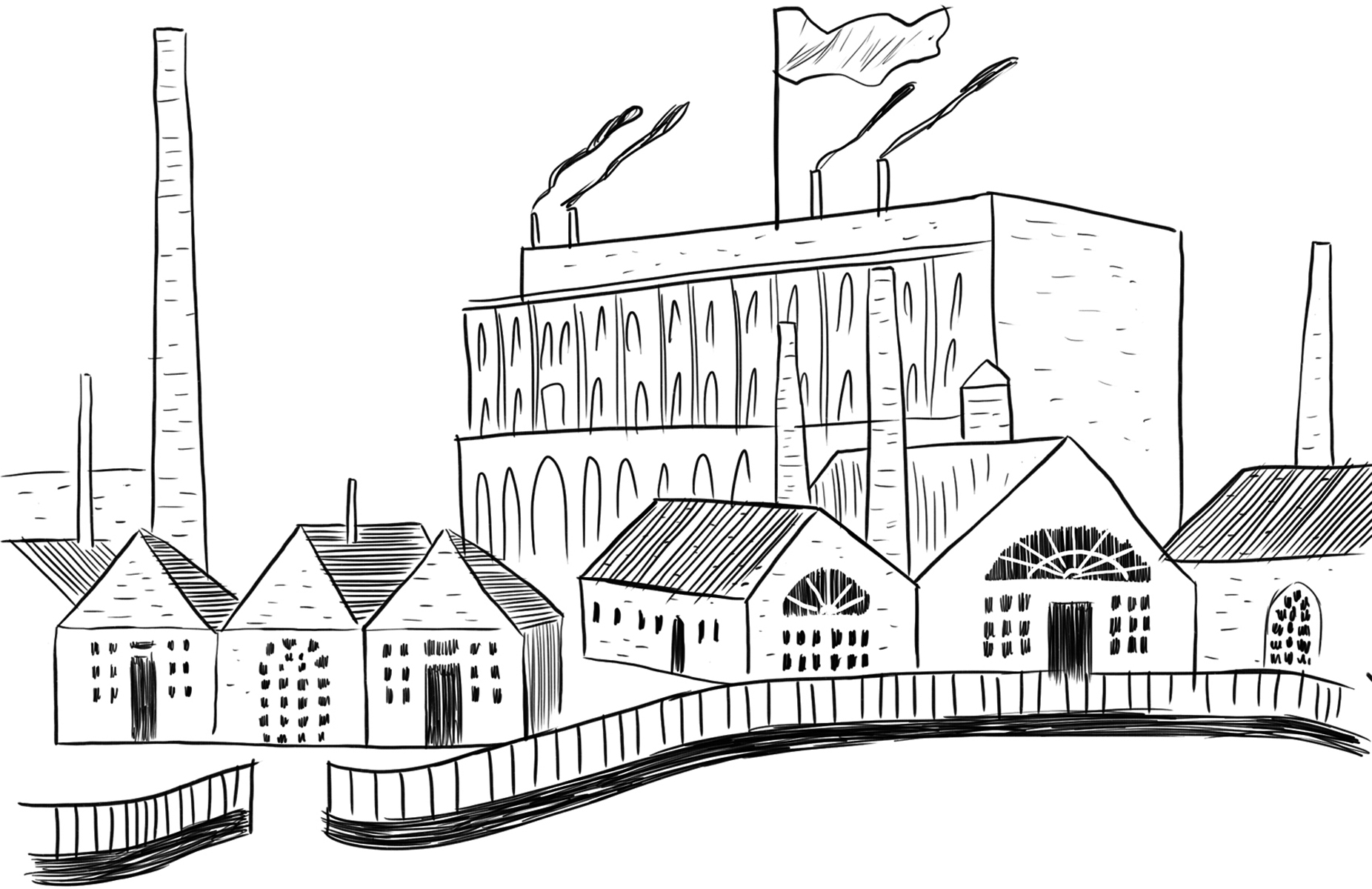
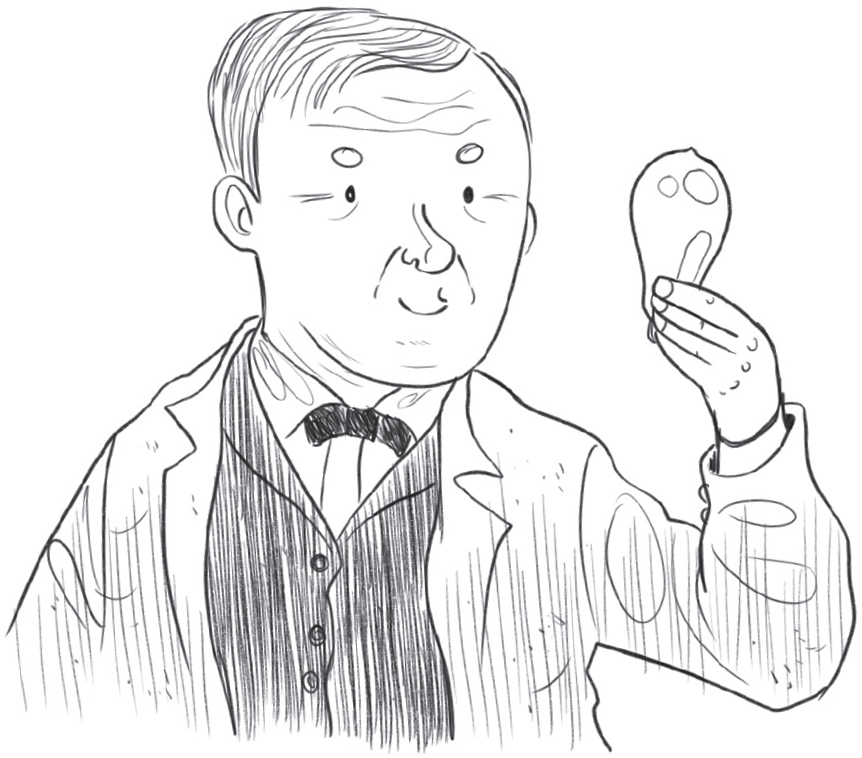
In 1882, Thomas Edison introduced an electric lighting system to New York City, which launched the age of electricity. Other inventions around this time include the typewriter, telephone, and automobile.
The U.S. population grew tremendously in the nineteenth century as immigrants from other countries arrived to seek better lives for themselves and their families. The 1880s especially saw a massive increase in immigrants. This, along with prejudice against foreigners and other factors, led to laws restricting the number of immigrants who could enter the U.S.
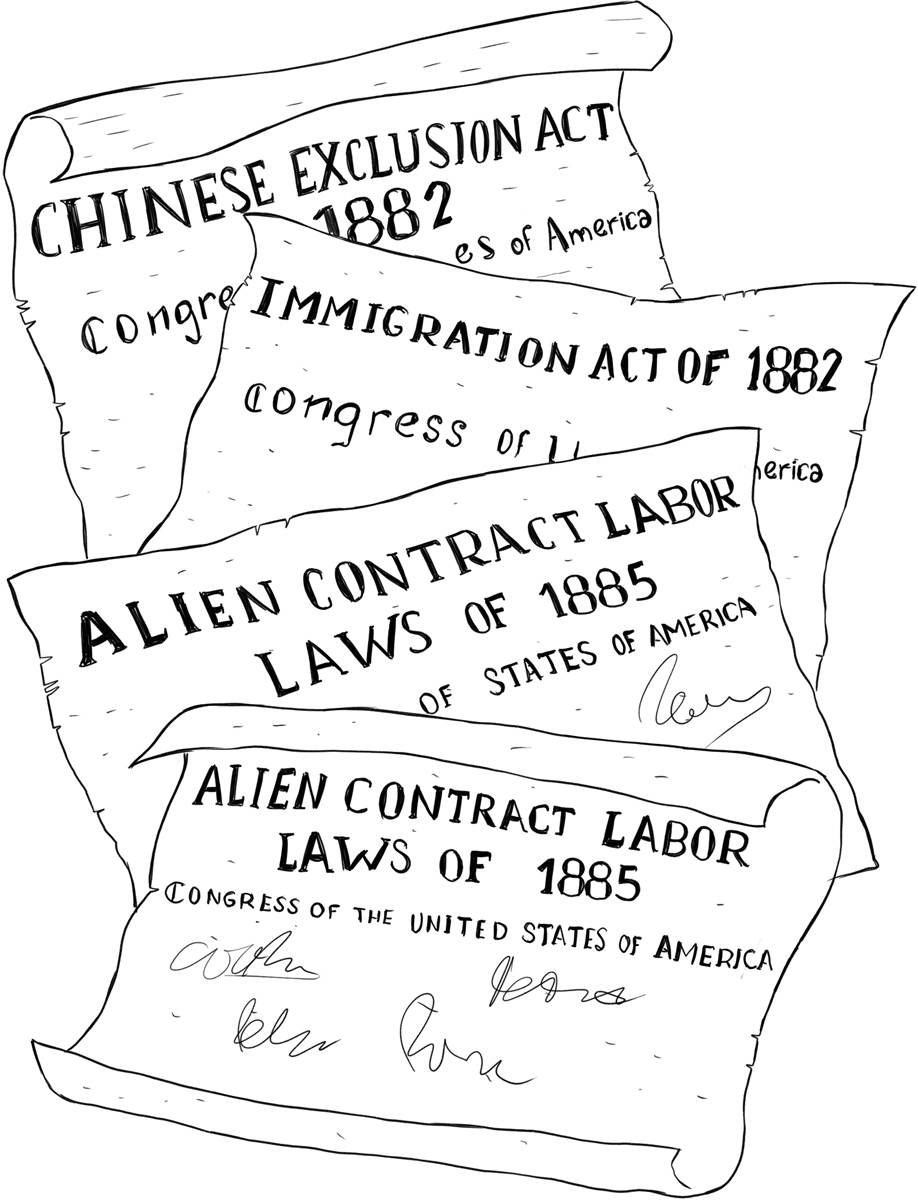
Anti-Immigration Laws
In 1875, the U.S. Supreme Court declared that the federal government, not the states, should be in charge of immigration. The U.S. Congress proceeded to enact a number of anti-immigration laws. For example, the Chinese Exclusion Act of 1882 prohibited the immigration of all Chinese laborers. (It also limited the ability of Chinese nonlaborers to immigrate to the U.S.) It was the first American immigration law to target a specific ethnic group, and it was not repealed, or reversed, until 1943. Other anti-immigration laws included the Immigration Act of 1882 and the Alien Contract Labor Laws of 1885 and 1887.
Next page

